There is something undeniably satisfying about nurturing and growing your own herbs at home. From enhancing your culinary masterpieces to adding a touch of natural fragrance to your living space, homegrown herbs truly elevate daily life. However, starting your herb garden from seeds can be labor-intensive and time-consuming. Fortunately, many herbs can be grown from cuttings—the process of propagating a new plant using a part of the existing one. In this article, we’ll explore the top nine herbs you can grow from cuttings, arming you with the knowledge needed to create a thriving, fragrant, and bountiful herb garden in the comfort of your own home. By following simple guidelines, you’ll embark on a rewarding and eco-friendly journey that brings a burst of nature to your living space. Not only will you enjoy an endless supply of fresh, flavorful herbs, but you’ll also be indulging in a fulfilling and sustainable gardening practice. So, let’s dive right in and discover the versatile world of herbs, where green thumbs and gastrono`my enthusiasts shall delight in equal measure.
1. Basil

Basil is an incredibly popular and versatile herb, widely used in various cuisines to add a burst of flavor. Growing basil from cuttings is a straightforward process:
- Select a healthy stem with 2 to 4 sets of leaves.
- Cut it just below a node (where leaves emerge).
- Remove the leaves from the bottom 3 inches of the stem.
- Place the cutting in a jar of water, ensuring the remaining leaves remain above water level.
- Position the jar near a sunny, warm window for maximum growth potential.
- After roots have developed 2-3 inches (approximately 10 days), transplant the cutting into a small pot filled with high-quality potting soil.
2. Mint
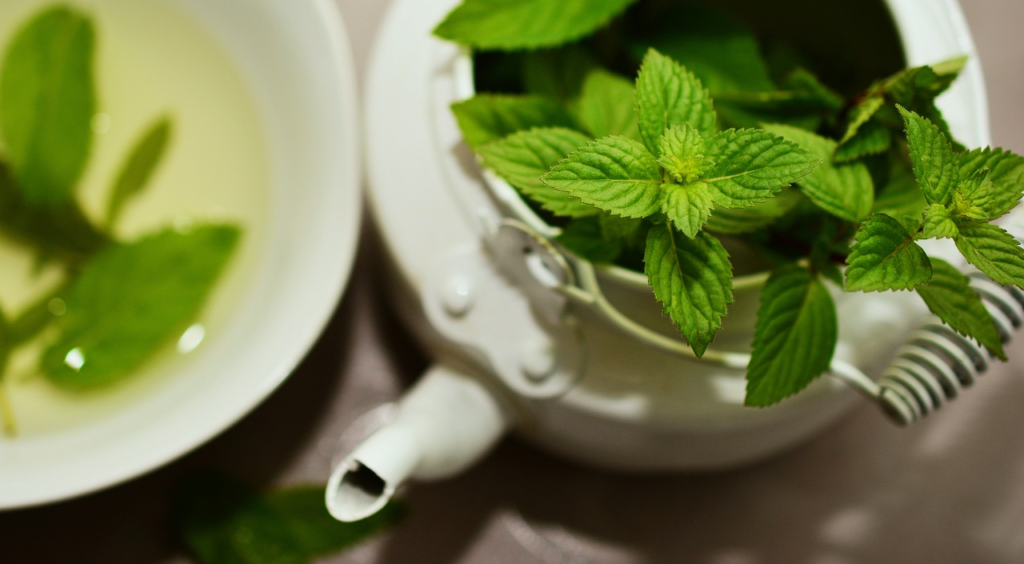
Mint is a hardy herb that grows vigorously, making it ideal for growing from cuttings:
- Choose a healthy, vigorous mint stem around 6 inches long.
- Cut it just below a node.
- Remove the leaves from the bottom half of the cutting.
- Place the cutting in a glass of water.
- Keep the jar near a sunny window.
- Within a week, roots should develop. Once they’ve reached 1-2 inches, transplant the cutting into a pot with suitable soil.
3. Rosemary

Rosemary is a delightful and robust herb with a plethora of uses. Propagating rosemary from cuttings is relatively easy:
- Snip a 4-6 inch long cutting from a healthy, mature rosemary plant.
- Remove the leaves from the bottom third of the cutting.
- Dip the cutting’s end into a rooting hormone powder, if desired (optional but may improve success rate).
- Plant the cutting into a small pot filled with well-draining soil or a mix of 50% perlite and 50% peat moss.
- Cover the pot with a plastic bag or dome to maintain humidity.
- Place the pot in a bright location, avoiding direct sunlight.
- After 4 to 6 weeks, when the cutting has developed roots, transplant it into a larger pot or garden.
4. Thyme
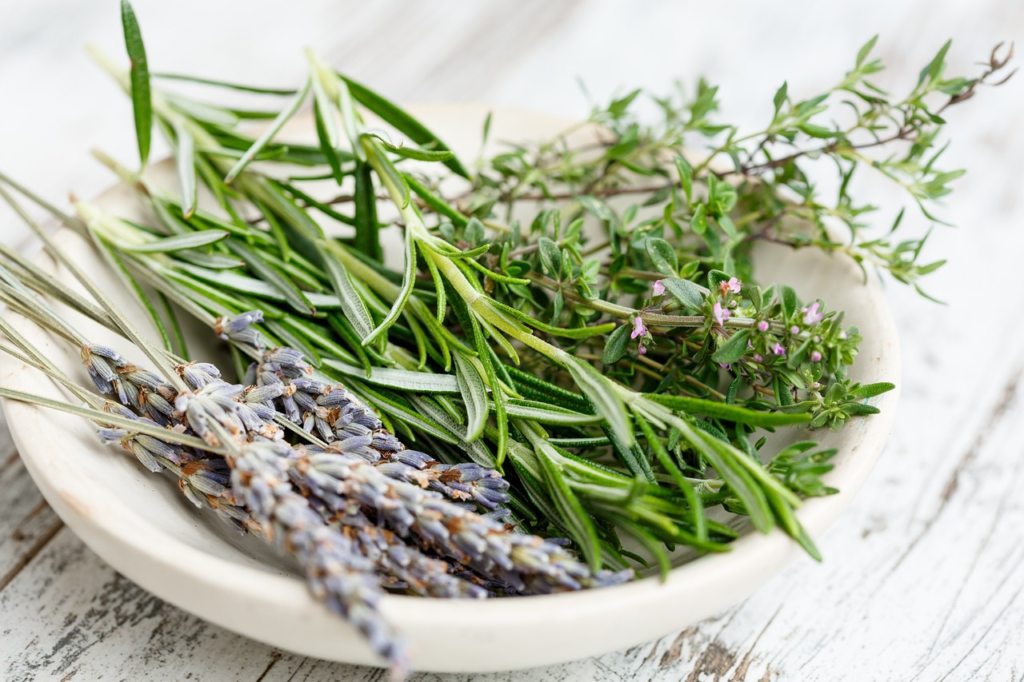
Thyme’s aromatic flavor makes it a popular addition to many dishes. Growing thyme from cuttings is an effortless process:
- Choose a healthy thyme stem and cut a 3-5 inch section, ideally from new growth.
- Remove leaves from the bottom half of the cutting.
- Place the cutting into a container filled with moistened soilless mix or vermiculite.
- Cover the container with a plastic bag or dome to maintain humidity.
- Place in a bright location, without direct sunlight.
- After several weeks, when roots develop, transplant the cutting into a pot or garden.
5. Oregano

Oregano is a staple herb in many savory dishes. Propagating it from cuttings is a highly recommended method:
- Choose a healthy stem that’s about 3-4 inches long and make a clean cut.
- Remove the lower leaves from the stem.
- Place the cutting into a small container filled with moistened soilless mix.
- Cover the container with a plastic bag or dome to maintain humidity.
- Place in a bright location, avoiding direct sunlight.
- After 3-4 weeks, once roots have developed, transplant the cutting into a larger pot or garden.
6. Sage
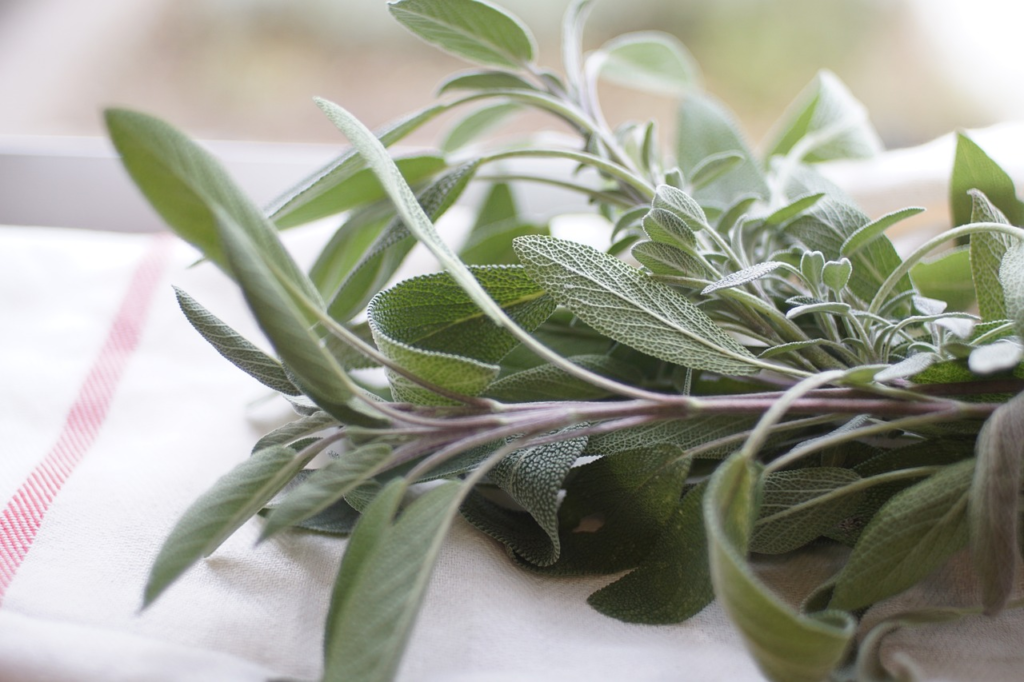
Sage is widely known for its culinary and medicinal benefits. Growing sage from cuttings is both practical and easy:
- Select a vigorous sage stem around 4-6 inches long and cut it just below a node.
- Remove the leaves from the bottom half of the cutting.
- Dip the cutting’s end into a rooting hormone powder, if desired (optional).
- Plant the cutting into a small pot filled with well-draining soil.
- Cover the pot with a plastic bag or dome to maintain humidity.
- Place the pot in a bright location, avoiding direct sunlight.
- After 4 to 6 weeks, when the cutting has developed roots, transplant it into a larger pot or garden.
7. Lavender
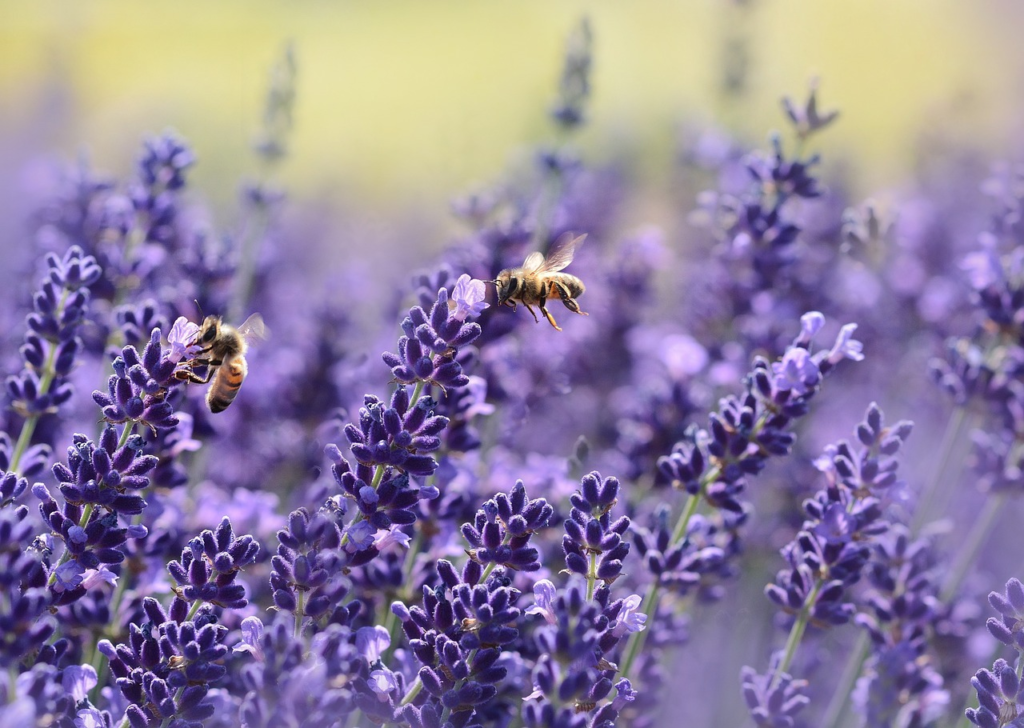
Lavender, with its soothing fragrance and multitude of uses, is a must-have herb for any garden. Cultivating lavender from cuttings is a cinch:
- Select a non-flowering stem around 4-6 inches long from a healthy lavender plant.
- Cut the stem just below a node.
- Remove the leaves from the bottom third of the cutting.
- Dip the cutting’s end into a rooting hormone powder (optional but recommended).
- Plant the cutting into a small pot with well-draining soil or a mix of perlite and peat moss.
- Place the pot in a bright location with indirect sunlight.
- After 4 to 6 weeks, when roots have developed, transplant the cutting into a larger pot or garden.
8. Lemon Balm
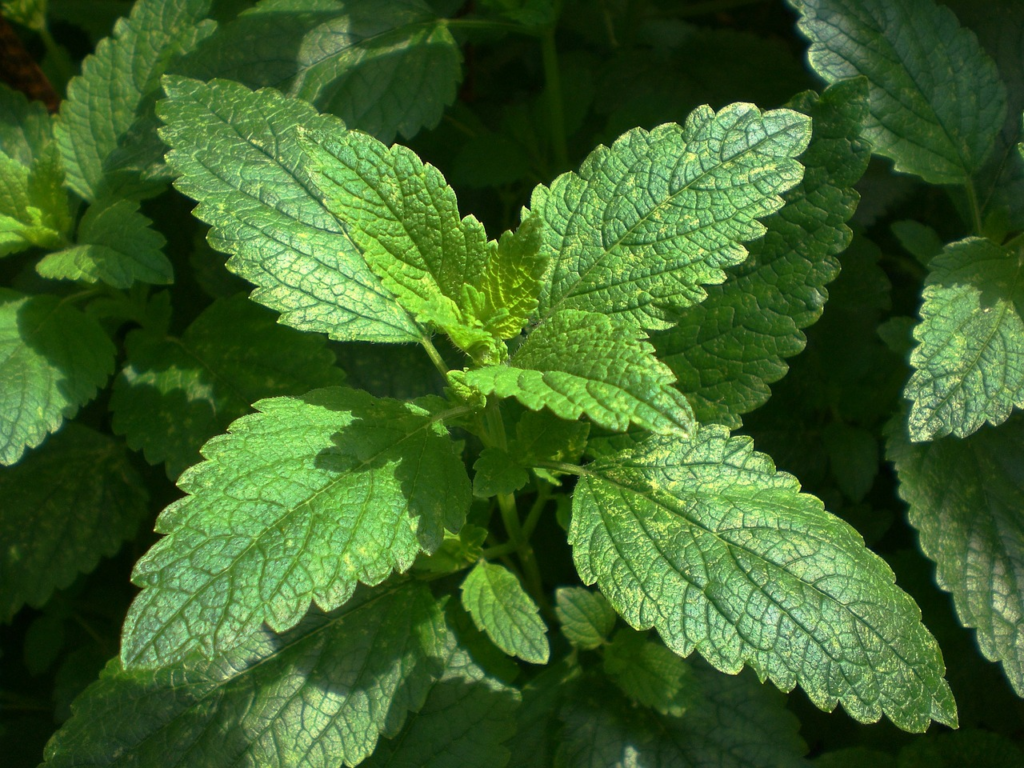
Lemon balm is a fragrant herb known for its calming properties. Propagating lemon balm from cuttings is highly effective:
- Choose a healthy, non-flowering stem about 4 inches long.
- Cut the stem just below a node.
- Remove the leaves from the bottom half of the cutting.
- Place the cutting into a jar of water.
- Keep the jar near a sunny window.
- Within 7-14 days, roots should form. Once they’ve reached 1-2 inches, transplant the cutting into a pot with potting soil.
9. Tarragon
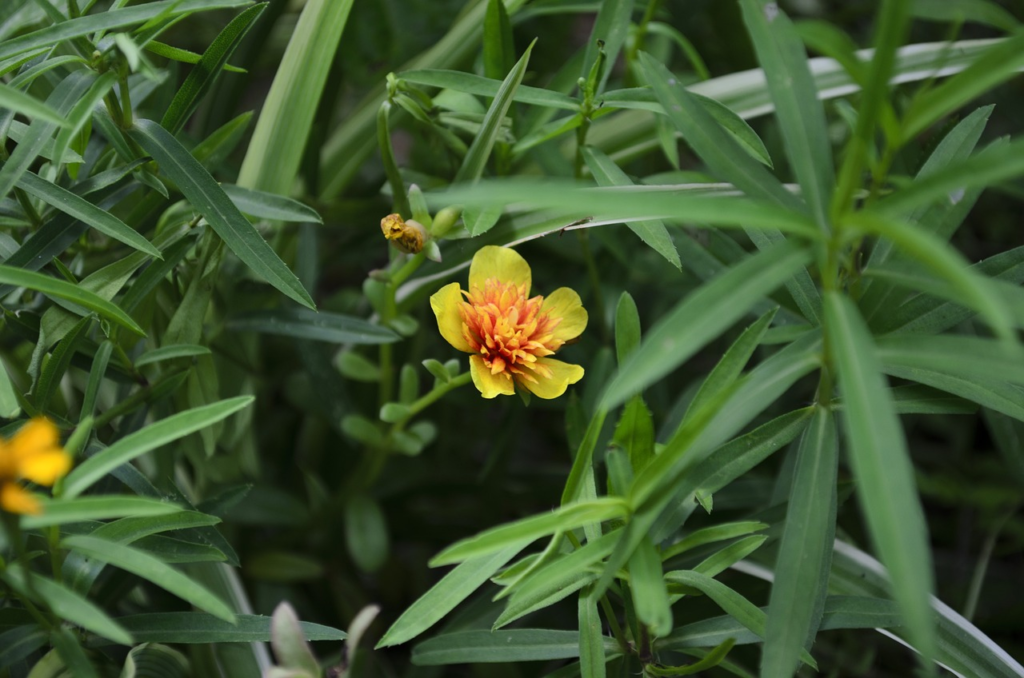
Tarragon is renowned for its distinctive flavor profile and has become an indispensable herb in French cuisine. Growing tarragon from cuttings is relatively straightforward:
- Choose a healthy, non-flowering 4-6 inch long stem.
- Cut the stem just below a node.
- Remove the leaves from the bottom half of the cutting.
- Dip the cutting’s end into a rooting hormone powder (optional).
- Plant the cutting into a small pot with well-draining soil or a perlite and peat moss mix.
- Position the pot in a bright, warm location with indirect sunlight.
- After 4 to 6 weeks, transplant the rooted cutting into a larger pot or garden.
10. Marjoram

Marjoram is a flavorful and aromatic herb used in various dishes. Growing marjoram from cuttings proves both efficient and convenient:
- Select a robust, non-flowering stem about 4 inches long.
- Make a clean cut just below a node.
- Remove the leaves from the bottom half of the cutting.
- Place the stem in water until roots develop, ideally between 1-2 inches long.
- Transplant the cutting into a pot filled with potting soil or a well-draining soil mix.
- Place the pot in a bright location with indirect sunlight.
- After a few weeks, transplant the rooted cutting into a larger pot or garden.
When propagating herbs from cuttings, it is essential to monitor humidity and temperature levels, ensuring optimal conditions for root development, and subsequent plant growth. Moreover, selecting healthy stems and using high-quality soil or growing medium will significantly improve your chances of raising a thriving herb garden. By following these guidelines, you’ll soon be enjoying the fruits of your labor: a lush garden filled with fragrant and delicious herbs ready to adorn your favorite dishes.


Leave a Reply